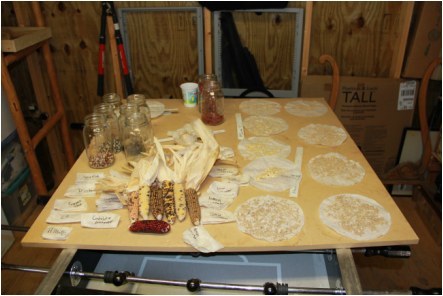All farmers used to be involved in seed saving before industrial agriculture, intense agricultural competition and consolidation rendered the practice obsolete. For thousands of years, after humans began engaging in agriculture, people would trade seeds. Shamans would keep pouches of seed with them at all times to provide people with remedies as well as to trade seeds with other shamans. This was where the process of seed saving and seed exchange began.
Today, many homesteader farming families save their seeds and possess heirloom crop varieties. Heirloom crop varieties are those varieties that are passed down through families, usually from mother to daughter or mother-in-law to daughter-in-law, that are easily grown in the area where the family lives.
The seed saving practice diminished after the rise of commercial agriculture when farmers began planting the seeds purchased every year from corporate seed companies. However, some homesteaders who still keep a family farm still practice seed saving and seed exchange. There are large seed banks located throughout the United States that are dedicated to protecting traditional crop varieties. There are also seed exchange programs that are on a mission to propagate traditional seed varieties and keep people involved in traditional agricultural practices. The Berry College Agrobiodiversity Conservation Project is yet another initiative to propagate open-pollinated, “heirloom” seed varieties and educate people on how they can engage in traditional agricultural practices in their own gardens.



